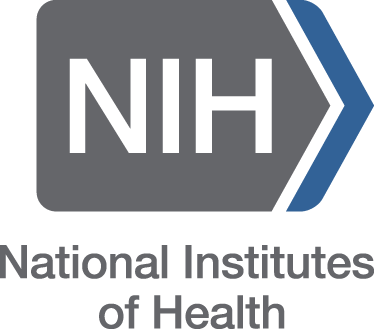Nutritional Status in Bronchiectasis Patients Before and After Pulmonary Rehabilitation: A Retrospective Study
DOI:
https://doi.org/10.63001/tbs.2024.v19.i03.pp254-258Keywords:
Nutritional status, bronchiectasis, pulmonary rehabilitationAbstract
Background: Nutritional status is a critical aspect of patient management in bronchiectasis, a chronic airway disease shaped by recurrent pulmonary infections and inflammation.
Aim: The aim of the study was to evaluate the impact of pulmonary rehabilitation on the nutritional status and clinical outcomes of patients with bronchiectasis.
Methodology: This retrospective cohort study included 75 patients with bronchiectasis who underwent pulmonary rehabilitation at our institution. Patients were eligible if they were 18 years or older, had a confirmed diagnosis of bronchiectasis, and had pre- and post-rehabilitation clinical data available. The pulmonary rehabilitation program, lasting 6-8 weeks, included exercise training, education on bronchiectasis management, and nutritional counselling.
Results: Pulmonary rehabilitation significantly improved the nutritional status and clinical outcomes of 75 bronchiectasis patients. BMI increased from 22.4 to 23.0 kg/m² (p = 0.03), serum albumin rose from 36.5 to 38.2 g/L (p = 0.02), and handgrip strength improved from 26.5 to 29.0 kg (p = 0.04). Exacerbation frequency decreased from 3.2 to 2.4 per year (p = 0.01). However, changes in caloric and protein intake were not statistically significant.
Conclusion: The study concluded that pulmonary rehabilitation improves nutritional status, muscle strength, and reduces exacerbation frequency in bronchiectasis patients, enhancing overall disease management and quality of life.






























